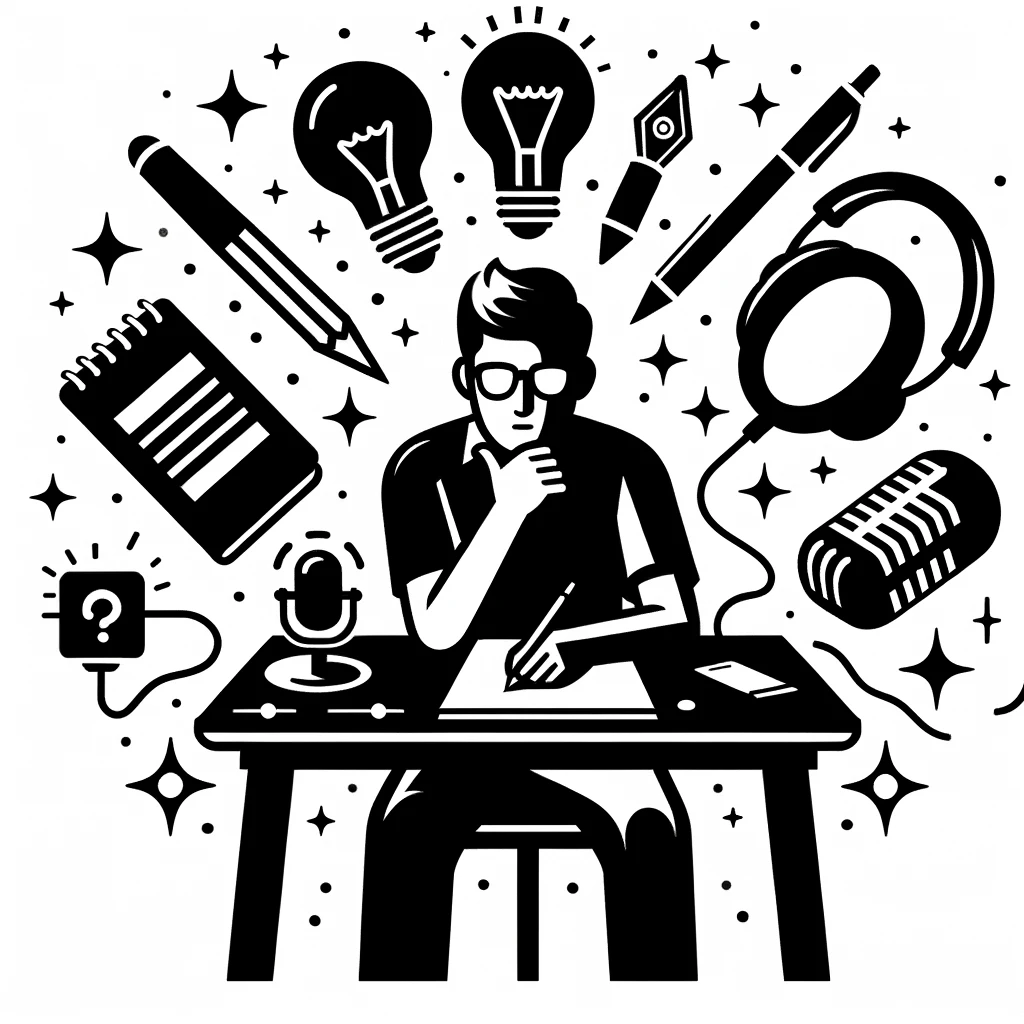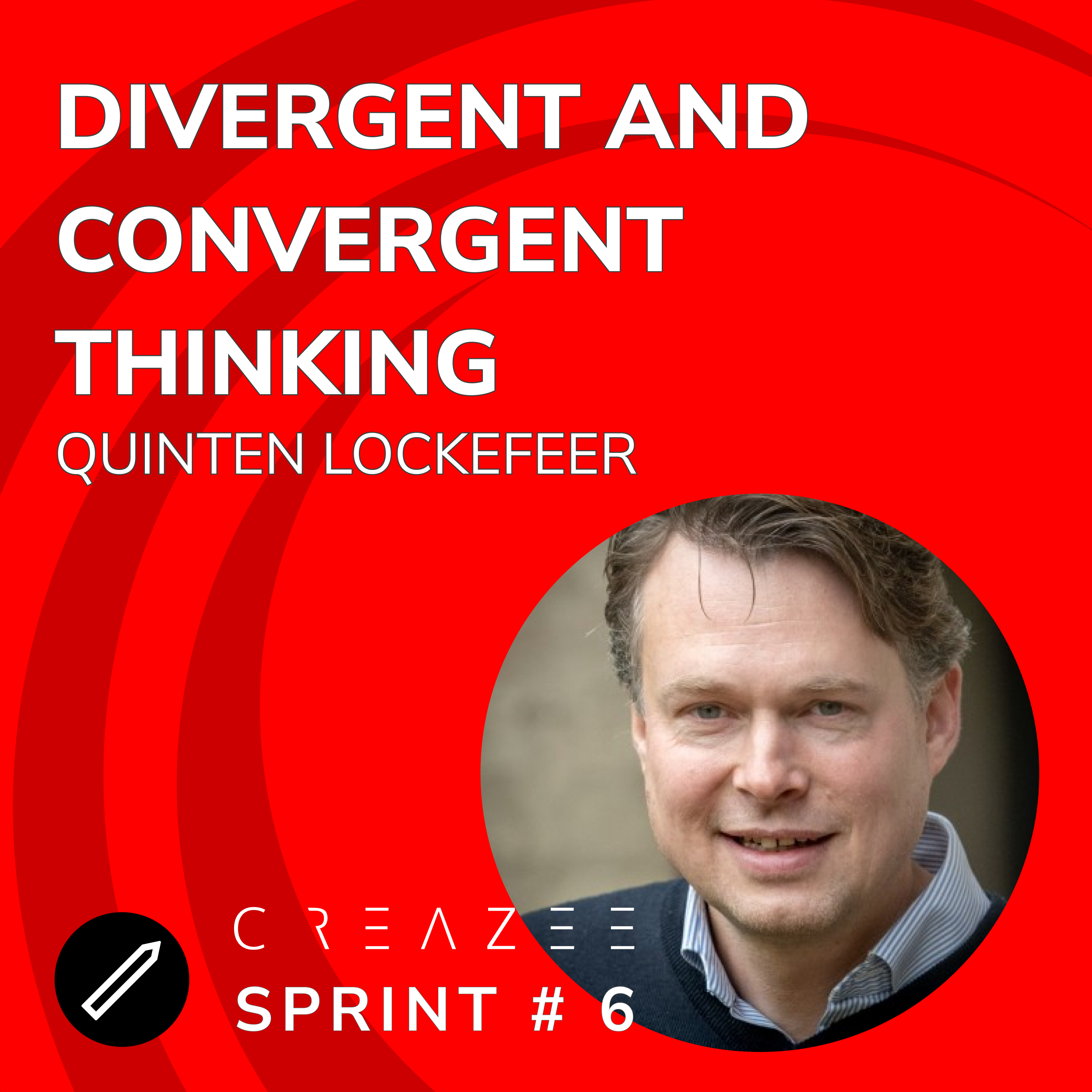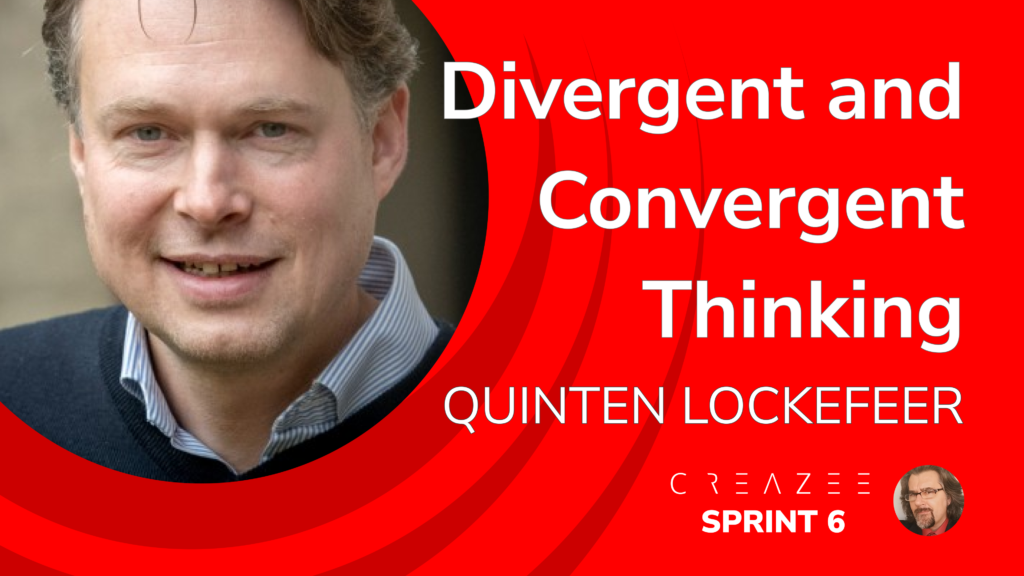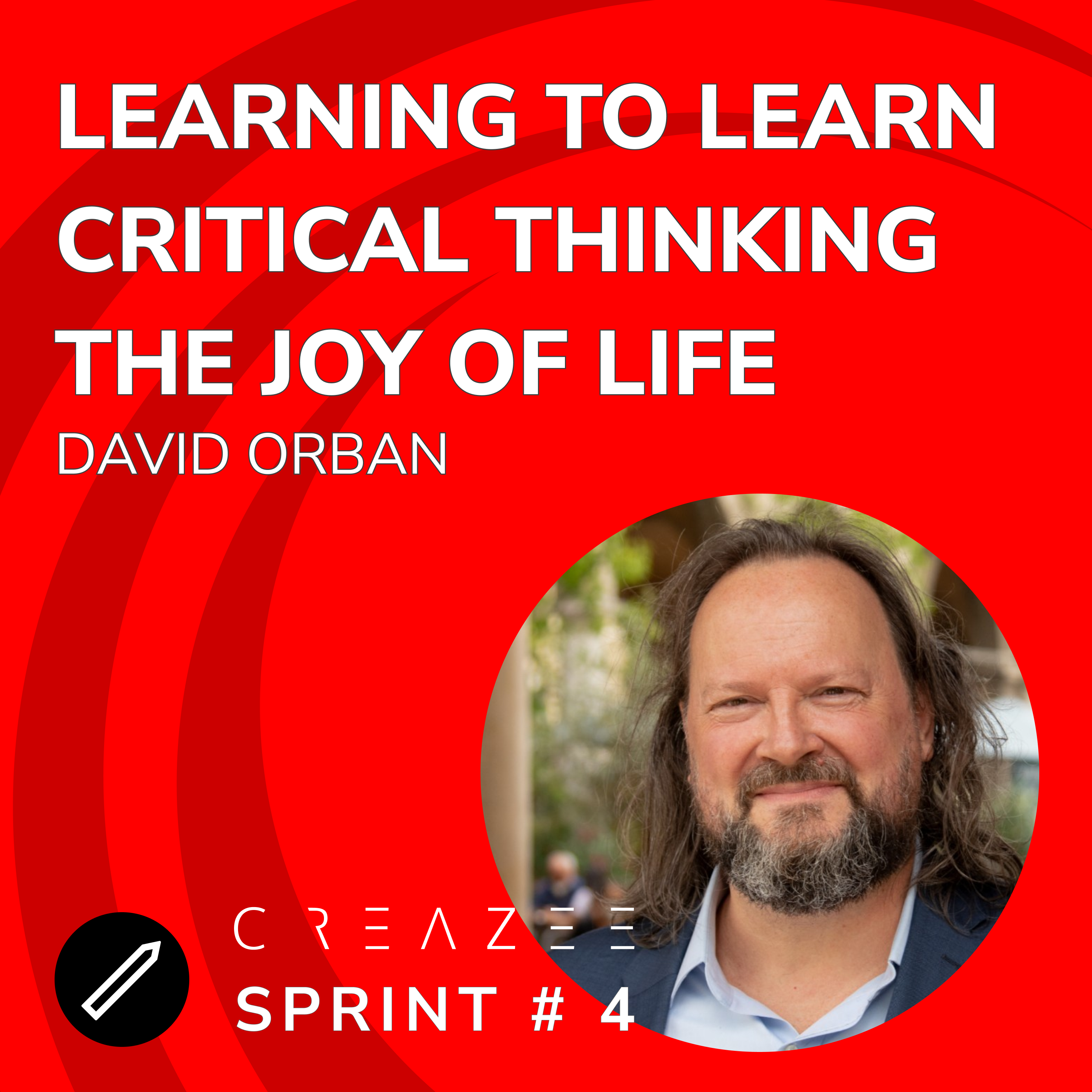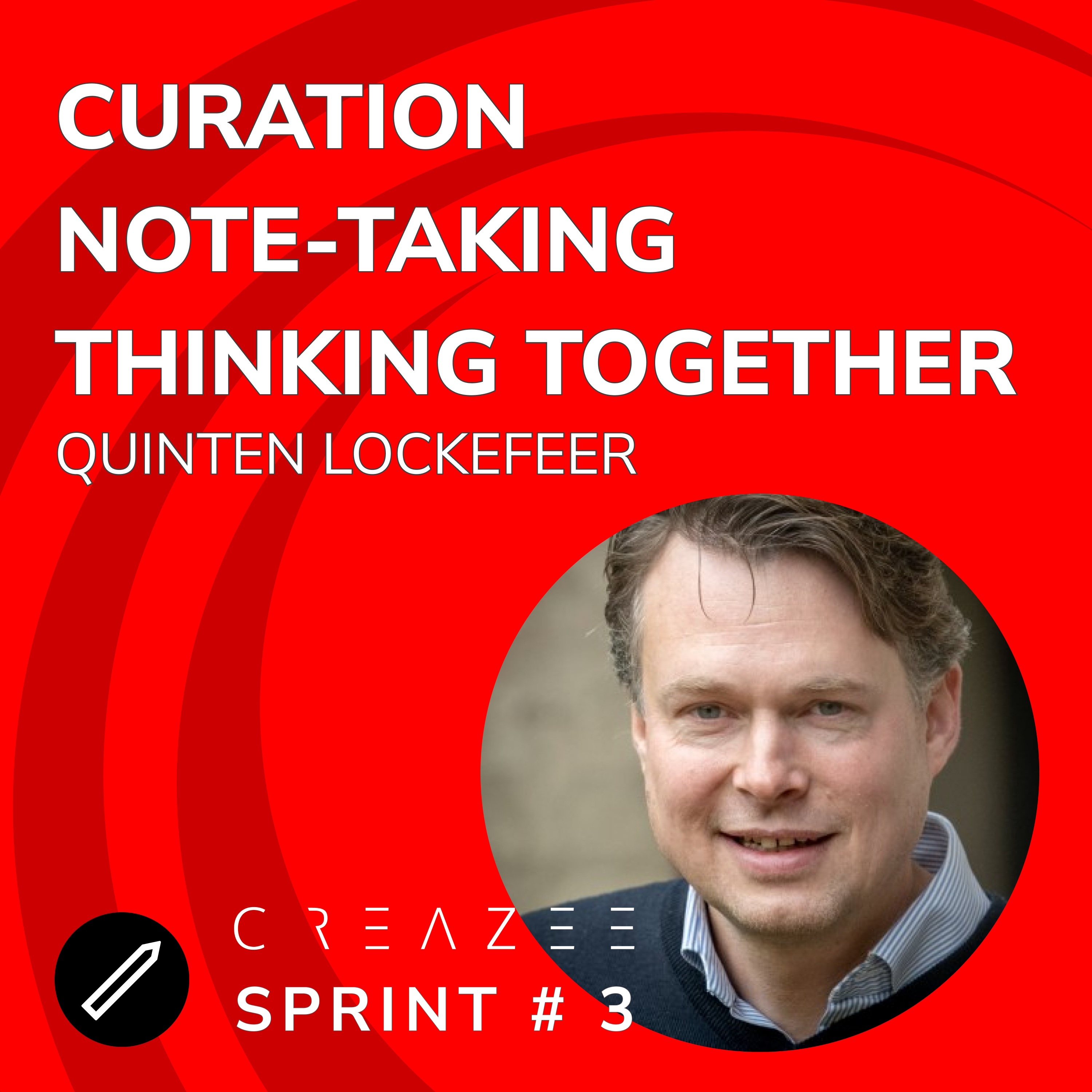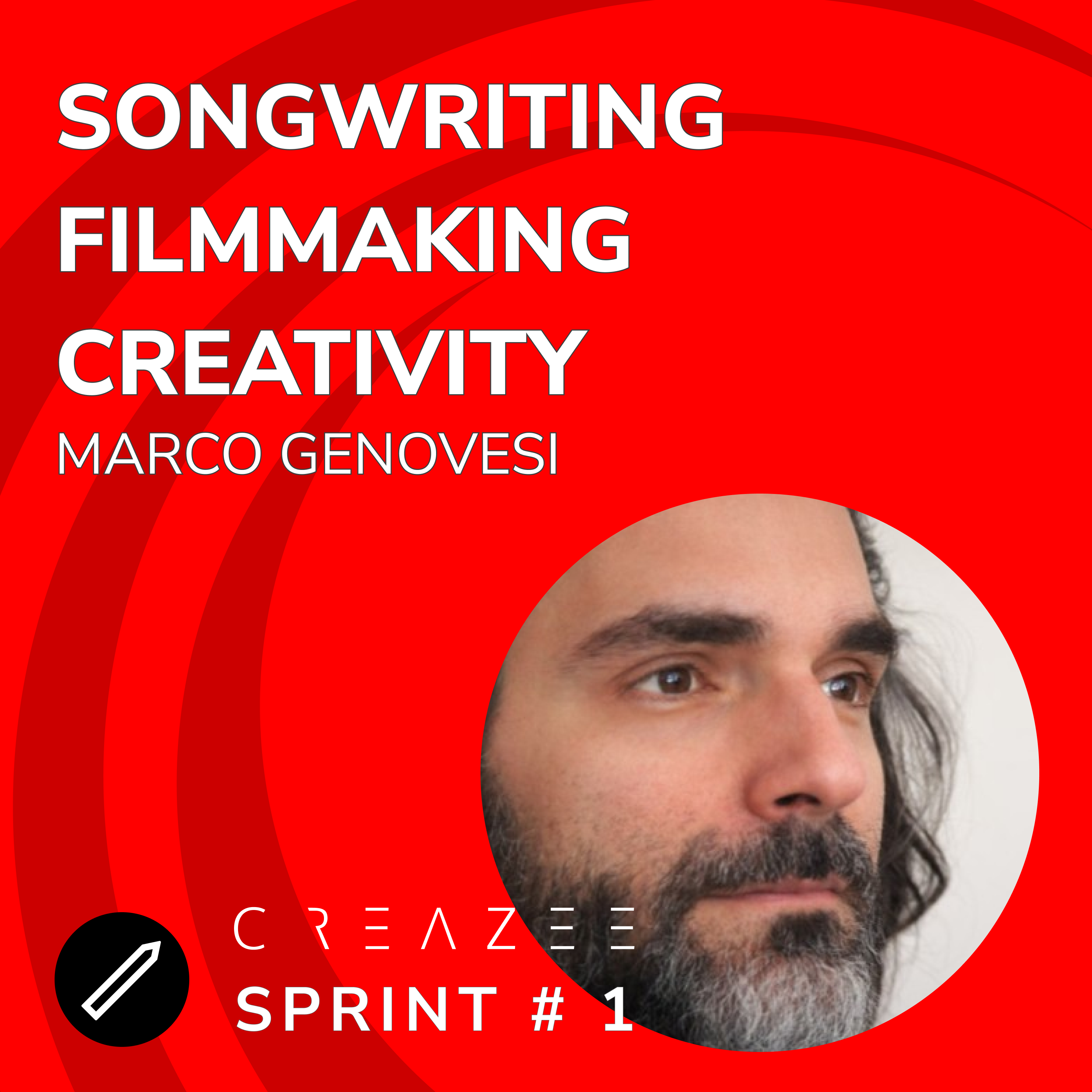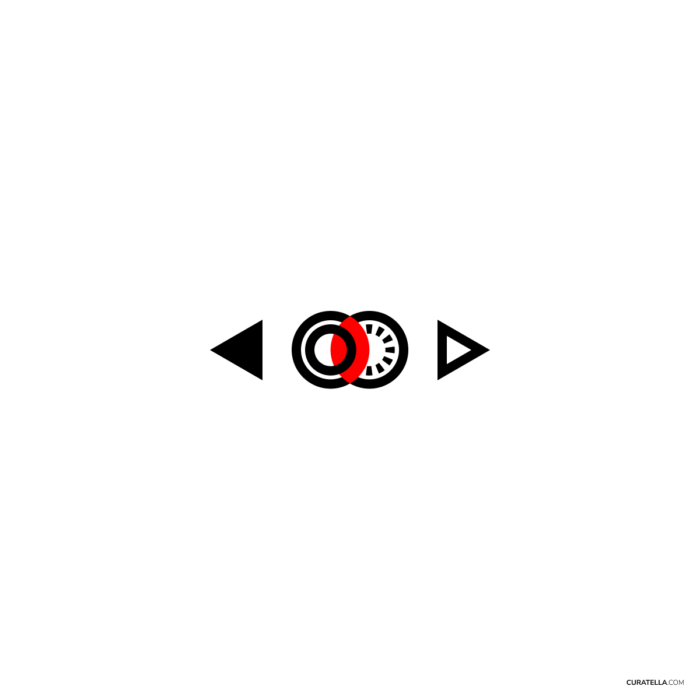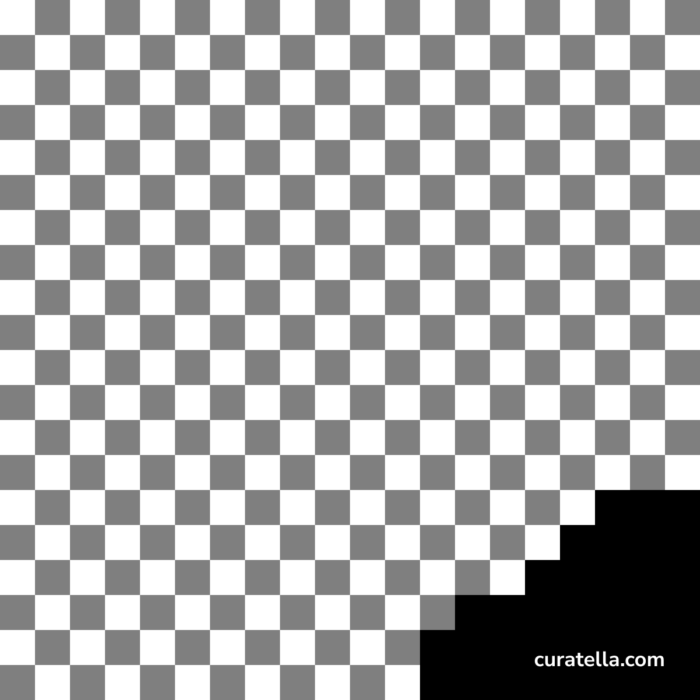A Personal Journey Toward Intentional Creation
“The future cannot be predicted, but futures can be invented.”
— Inventing the Future, Dennis Gabor, 1963
In recent years, I have embraced a habit that has radically transformed how I think and learn: every day, I reflect, write, and capture ideas that inspire me. But it wasn’t always this way.
Once, my mind was a vortex of stimuli: articles, videos, conversations—a continuous stream of information dissolving into chaos. Imagine trying to hold sand in a sieve too large. Every grain slipped away, leaving me with a sense of incompleteness and fragmentation.
The real transformation began when I decided to create a digital space to bring coherence to my ideas. This space is not just an archive but an intellectual haven where every thought finds a place, ready to be reworked and connected to others. It has been a gradual process—built through trial, error, and continuous improvement—but each step has brought me closer to a system that makes my learning meaningful.
Now, I find myself at a new crossroads. I no longer want to simply gather and organize; I want to create. In the past, I wrote spontaneously for my blog and newsletter, rarely drawing on my notes and focusing on the immediacy of writing. At most, I refined a draft, without worrying about connecting ideas or weaving them with previous articles. The change I want to introduce now in my creative process is to capitalize on an active archive of interconnected thoughts. I want to transform what I’ve accumulated into something tangible, useful, and meaningful. This requires time, dedication, and above all, persistence—a reminder that true creativity is not a fleeting spark but a deliberate act.
I cannot predict the future, but I can invent possible ones. Every step forward, every connection between ideas, is an act of building.
On this journey toward intentional creation, I recognize patience as my greatest ally. Each day is an opportunity to add another piece, to shape the mosaic I am building. I am ready to face this challenge, one idea at a time.
I share these thoughts, admittedly, for myself. It’s a way of tracking my progress and ambitions with an increased accountability. It gives me an extra motivation to keep working on them. It frightens me to conclude with a declaration of commitment, a provocative question that pushes me toward the direction I am envisioning. Yet, perhaps that’s the right reason to be courageous and launch it—aimed at myself, to be answered tomorrow.
What future am I inventing?

